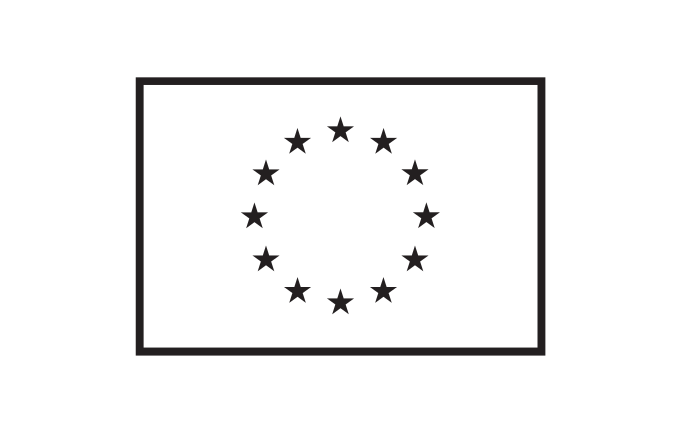Prof. PhD
Research group Bacterial Infections and Immunity, Department of Medical Microbiology, University Medical Center Utrecht, Netherlands
Infections with drug-resistant bacteria pose a major threat to human health and result in massive increases in health care costs. Therefore, there is an urgent need for novel treatment options to fight the growing number of drug-resistant pathogens. One way to achieve this is to improve the activity of our immune system via therapeutic antibodies or vaccination. However, such developments are severely hampered by the lack of mechanistic insights into anti-bacterial immune mechanisms. We are interested in understanding the molecular interplay between bacteria and the complement system, an important part of the host immune response. Upon contact with bacteria, the plasma proteins of the complement system rapidly organize into a proteolytic cascade that generates chemoattractants to attract immune cells and labels bacteria for phagocytosis. Furthermore, complement directly kills bacteria via a pore-forming complex. In my lab, we focus on deciphering the mechanistic insights on how bacteria are killed by complement. Furthermore, we aim to create new avenues for improving desired complement activation by therapeutic antibodies and vaccination strategies in infectious diseases. Finally, we aim to decipher mechanisms exploited by pathogenic bacteria to block complement. This is needed to explore ways to inactivate immune evasion molecules, which provides another route to potentiate bacterial killing via the immune system.
Heesterbeek DAC, Martin NI, Velthuizen A, Duijst M, Ruyken M, Wubbolts R, Rooijakkers SHM, Bardoel BW. Complement-dependent outer membrane perturbation sensitizes Gram-negative bacteria to Gram-positive specific antibiotics. Sci Rep 9(1):3074 (2019).
Heesterbeek DA, Bardoel BW, Parsons ES, Bennett I, Ruyken M, Doorduijn DJ, Gorham RD Jr, Berends ET, Pyne AL, Hoogenboom BW, Rooijakkers SHM. Bacterial killing by complement requires membrane attack complex formation via surface-bound C5 convertases. EMBO J 38(4):e99852 (2019).
Heesterbeek DAC, Angelier ML, Harrison RA, Rooijakkers SHM. Complement and bacterial infections; from molecular mechanisms to therapeutic applications. J Innate Immun 10(5-6):455-464 (2018).
Berends ET, Gorham RD Jr, Ruyken M, Soppe JA, Orhan H, Aerts PC, de Haas CJ, Gros P, Rooijakkers SHM. Molecular insights into the surface-specific arrangement of complement C5 convertase enzymes. BMC Biol 13:93 (2015).
Stapels DA, Ramyar KX, Bischoff M, von Köckritz-Blickwede M, Milder FJ, Ruyken M, Eisenbeis J, McWhorter WJ, Herrmann M, van Kessel KP, Geisbrecht BV, Rooijakkers SHM. Staphylococcus aureus secretes a unique class of neutrophil serine protease inhibitors. Proc Natl Acad Sci USA 111(36):13187-92 (2014).
Ko YP, Kuipers A, Freitag CM, Jongerius I, Medina E, van Rooijen WJ, Spaan AN, van Kessel KP, Höök M, Rooijakkers SHM. Phagocytosis escape by a Staphylococcus aureus protein that connects complement and coagulation proteins at the bacterial surface. PLoS Pathog 9(12):e1003816 (2013).
PROGRAMME SPEAKER
Reinhard Würzner, M.D., Ph.D.
Schöpfstraße 41
A-6020 Innsbruck
Imprint
This project has received funding from the European Union's Horizon 2020 research and innovation programme under grant agreement No 860044






